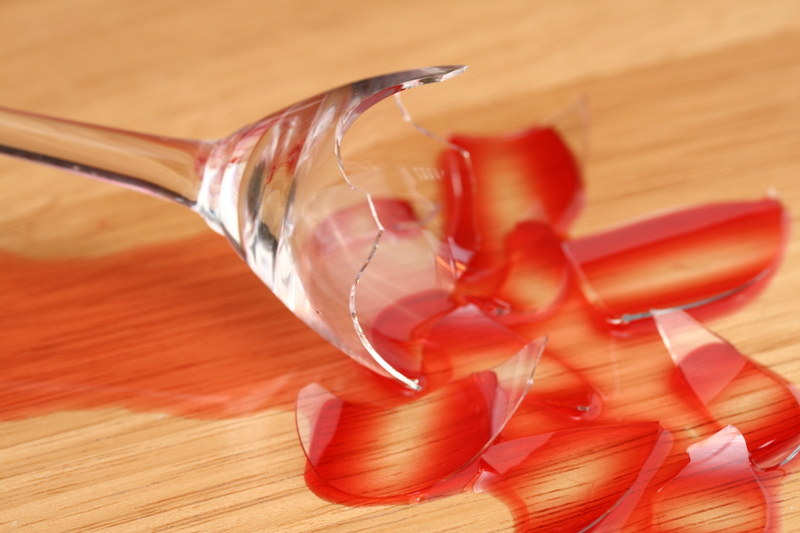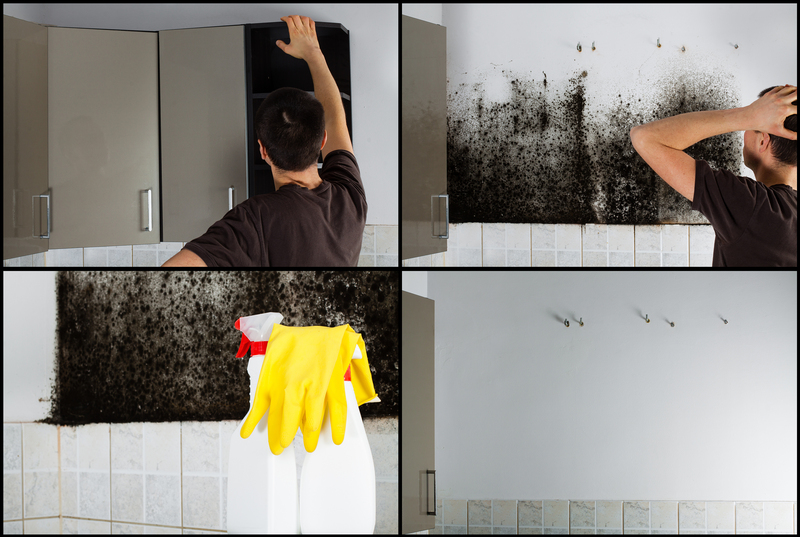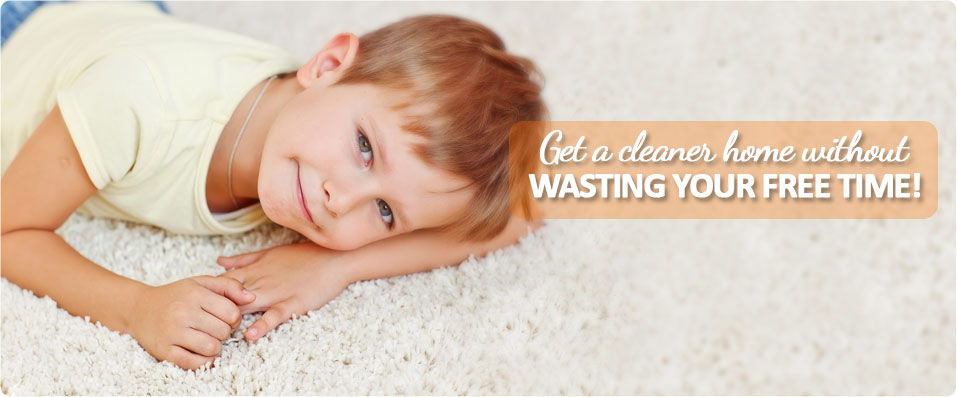DIY Green Cleaning Solutions
Posted on 03/09/2025
DIY Green Cleaning Solutions
DIY Green Cleaning Solutions
As the world becomes more environmentally conscious, more people are looking for ways to reduce their carbon footprint, including in their cleaning routines. DIY green cleaning solutions are a great way to keep your home sparkling clean while also protecting the planet and your health. In this article, we'll explore easy and effective green cleaning recipes, tips, and the pros and cons of switching to eco-friendly products.
Why Choose Green Cleaning Solutions?
Green cleaning solutions offer numerous benefits over conventional chemical cleaners. They are safer for the environment, reduce the risk of health issues associated with toxic chemicals, and are often more cost-effective. By making your green cleaning products, you can control what goes into them, ensuring they're free from harmful substances.

Basic Ingredients for DIY Green Cleaners
Many effective, eco-friendly cleaners can be made with ingredients you probably already have in your kitchen. Here are some essential ingredients for DIY green cleaners:
- Baking Soda: Excellent for scrubbing and deodorizing.
- White Vinegar: Great for cutting through grease and disinfecting surfaces.
- Lemon Juice: Natural bleaching agent and deodorizer.
- Essential Oils: Provide pleasant scents and additional cleaning properties.
- Castile Soap: Mild soap that can be used for multiple cleaning purposes.
DIY Green Cleaning Recipes
All-Purpose Cleaner
Mix equal parts of water and white vinegar in a spray bottle. Add 10-15 drops of your favorite essential oil for fragrance. Shake well before each use.
Glass Cleaner
Combine 2 cups of water, 1/2 cup of white vinegar, and 1/4 cup of rubbing alcohol in a spray bottle. Spray onto glass surfaces and wipe clean with a lint-free cloth.
Bathroom Cleaner
Make a paste with baking soda and water for scrubbing sinks, tubs, and tiles. For disinfecting, spray surfaces with undiluted white vinegar and wipe clean.
Wood Polish
Mix 1 cup of olive oil with 1/4 cup of lemon juice. Apply a small amount to a cloth and wipe down wood surfaces to clean and polish.
Green Cleaning Tips
- Use microfiber cloths instead of paper towels to reduce waste.
- Test new cleaning solutions on a small, inconspicuous area first.
- Label your DIY cleaners to avoid confusion.
- Store green cleaners in a cool, dark place to ensure longevity.
Pros and Cons of DIY Green Cleaning Solutions
Pros
- Eco-Friendly: Reduce chemical pollution and waste.
- Cost-Effective: Use inexpensive, common household ingredients.
- Safer: Minimizes exposure to toxic chemicals.
- Customizable: Tailor recipes to your preferences and needs.
Cons
- Time-Consuming: Requires time to mix and prepare solutions.
- Shorter Shelf Life: DIY cleaners may not last as long as commercial products.
- Variable Effectiveness: May not be as strong as some commercial cleaners for heavy-duty tasks.

Takeaways
Switching to DIY green cleaning solutions can dramatically reduce your environmental impact and improve the air quality in your home. With simple ingredients like baking soda, vinegar, and essential oils, you can create effective cleaners for all areas of your home. While there are some drawbacks, the benefits of green cleaning make it a worthwhile endeavor.
Conclusion
DIY green cleaning solutions provide an excellent alternative to conventional cleaning products, offering safety, cost savings, and environmental benefits. By adopting a few eco-friendly recipes and practices, you can maintain a healthy, clean home that aligns with your sustainable lifestyle goals. Give these green cleaning solutions a try and enjoy the peace of mind that comes with using products that are good for both you and the planet.







